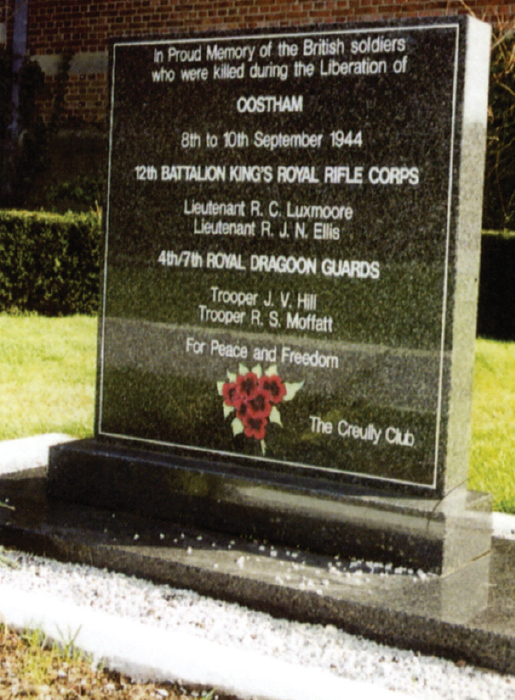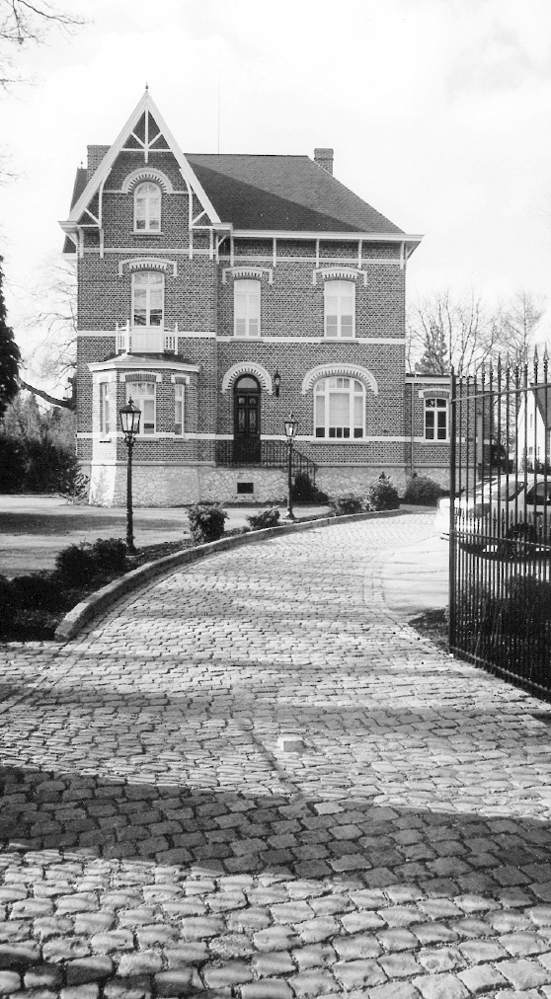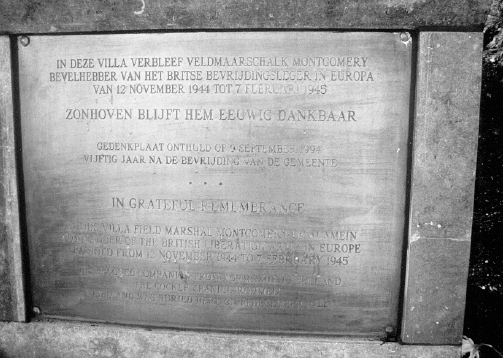THE APPROACH FROM THE CHANNEL PORTS/TUNNEL
The Continental start point might be from the Tunnel, from Calais Ferry Port, from Dunkirk or Ostende. As a guide the timings and distances are given from the centre point - Calais Ferry Terminal. Whichever is the point of entry, the journey is virtually on motorways all the way to the start point for Itinerary One. There are no tolls.
N.B. On the motorways always be aware of at least the next two large towns along the route to ensure that you take the correct exit.
From Calais Ferry Terminus zero the odometer and take the E40/A16 signed to Dunkerque/Bruges. After the Belgian border (58 kms/36.3 miles) take the E40/A18 direction Brugge (Bruges).
At 101 kms/63 miles is the first Petrol/Services Station at Jabbeke.
At Oudenberg and/or coming from Ostende (110 kms/68.5 miles) take the E40/A10 to Gent.
At 142 kms/89miles there is a Petrol/Service Station just after the Gent Ouest exit - a newly refurbished “Milestone”. (Expect to pay the equivalent of 25p for the WCs).
Then take the E17/A14 to Antwerp (149 kms/93 miles).
At 203 kms/127 miles is the Tunnel under the Scheldt.
Continue on the Antwerp Ring Road and take the Eindhoven/E34 exit (211 kms/132 miles). Continue on the E34 to Ranst then take the E313/A13 direction Hasselt/Luik and leave it at the Kwaadmechelen Exit No 25 (261 kms/163 miles) towards Leopoldsburg onto the N141.
At 262 kms/164 miles cross the Albert Canal.
Continue through Ham to Oostham. Drive into the town and turn right signed Centrum at the traffic lights. Stop by the church on the left.
To the left of the Church is a memorial garden, in which is
* 4th/7th Royal Dragoon Guards/12th Battalion KRRC Memorial/Map 1S 1/267 kms/167 miles
The handsome black polished granite Memorial was raised in September 2000 at the instigation of local historian Carl Reymen, the town council and local history society in cooperation with the regiments concerned in the battle for Oostham. It bears the legend, ‘In proud Memory of the British soldiers who were killed during the Liberation of Oostham’, the words ‘For Peace and Freedom’, an engraved red poppy spray and the words, ‘The Creully Club’ (qv). The unveiling took place on 16 September in the presence of some 150 MARKET-GARDEN veterans and, unbeknown to many of them, the German tank squadron commander Franz Kopka. A Memorial service is planned to be held here each September.

12th KRRC-4th/7th RDG Memorial, Oostham
On 8 September 1944, Guards Armoured Division cleared the bridge over the Albert Canal at Beeringen so that the 4th/7th RDG could cross. In the afternoon B Squadron, together with A Company of the 12th KRRC, swung left through Beverlo towards Oostham. 2nd Troop went straight up the road into the village, 1st and 5th Troops were sent round the flanks.
General Student, who was at nearby Heppen, ordered Franz Kopka of 3rd Squadron Panzerjäger Abteilung to recce Oostham to ascertain the extent of British infiltration. Kopka bypassed the village to the north-east and doubled back to the centre of the village. There he saw a Sherman and fired, missing it ‘by the thickness of a Rizla paper’. He then knocked out the first Sherman of 2nd Troop only to be knocked out by Sergeant Wilson in the following tank. The crew got out (one dying later) and the wounded Kopka was evacuated to hospital. He returned to his unit on 17 September in time to command the whole Panzerjäger Abteilung during their attack on Hell’s Highway. During this action and on 9 and 10 September Troopers John Hill, age 19, and Stan Moffatt, age 21, of the 4th/7th and Lieutenants Richard Luxmoore (age 21) and Robert Ellis (age 21) of the KRRC were killed. They are commemorated on the Memorial. Trooper K. T. Frampton was shown as being killed in the attack in the Regimental History. He was merely wounded, however, and survived, only to be killed after the war in a motor cycle accident. Troopers Moffatt and Hill are buried in Leopoldsburg CWGC Cemetery [VI.D.6 and 7.] as is Lieutenant Ellis [IV.B.6.]. Lieutenant Luxmoore is buried in Geel CWGC Cemetery [1V.C.6.]
The tank contest continued until it was 2-all and by nightfall the British had taken most of the village, but did not have the strength to keep off the continued enemy attempts at infiltration and had to withdraw.
The next morning A.l. Echelon (of supply lorries) of the RDGs crossed the canal and encountered a suicide squadron of 50 German paratroopers determined to destroy the Beeringen Bridge. After a fierce battle, including much hand-to-hand fighting, the Echelon drove off the enemy, but suffered two killed, 10 taken prisoner.
On 10 September the Regiment came under the Guards Armoured Division and moved towards Leopoldsburg, where they were told a large number of Belgian political prisoners were being held. On 11 September the Belgian Piron Brigade attacked the town and the Germans pulled out. On 14 September the 4th/7th RDG moved into good billets in the married quarters of the military barracks where they ‘had the first proper rest, with an opportunity for baths and laundry and entertainment… since we left Normandy [445 miles distant] a month before.’ Besides the Memorial are the local WW1 and WW2 Memorials and a mass grave of nine Unknowns.
Return to the traffic lights, turn right and continue to Heppen on the N141.
N.B. In 2001 the Town Council of Heppen was planning to erect a Memorial in the form of a propellor and a plaque with the names of RAF personnel lost in the area during the war.
• Extra Visit to Zonhoven, Site of Field-Marshal Montgomery’s HQ (Map 1S/3) Round trip: 42 kms/26 miles. Approximate time: 60 minutes.
Turn right on the N72 through Beverlo to the old coal mining town of Beringen. By-pass the centre, and continue on the A72 over the A2 and immediately after the railway crossing take a left turn at 19 kms/12 miles to Zonhoven Centrum. Continue to the traffic lights, go straight over and at the next roundabout with the N715 (21 kms/12.9 miles) turn left on Houthalenseweg and stop at No. 9 on the left (now a lawyer’s office).
On 9 September 1944 Zonhoven was liberated by the Allies and from 12 November 1944 to 7 February 1945, Monty made his headquarters in the house of the village physician, Dr. Armand Peeters. It was called ‘Villa Magda’ and bears a bronze plaque (just inside the railings on the right of the entrance) commemorating the Field-Marshal’s stay and the fact that his cocker spaniel, named ‘Rommel’, died here. Rommel, who had been Monty’s faithful companion from Normandy to Holland, was run over on 18 December 1944 and was buried in the garden of the villa. A white headstone marked the grave but sadly it was stolen.
Here Monty was visited by General Eisenhower and other American and Canadian senior officers. Dempsey was a frequent visitor. The Field-Marshal in his staff car or jeep was a familiar figure in the village, but the inhabitants kept their important secret well and the whereabouts of the HQ was not even known in nearby villages. Tanks and armoured cars guarded the villa. Every Sunday a large car transported an altar into the church hall and Monty, with his entourage, attended a service in the makeshift Anglican Church.
On 7 January 1945, during the Battle of the Bulge, Montgomery held a press conference here attended by reporters from The Daily Herald, The Manchester Guardian, The Times and from Reuters.
On 7 February a large column formed up outside the villa and the Field-Marshal drove slowly away from Zonhoven, waving to the crowd that gathered to say farewell.
Return to Heppen and rejoin the Approach Route.

Monty’s HQ at Zonhoven with detail of plaque.

Continue through Heppen on the N73 direction Lommel and continue into Leopoldsburg, over the railway line. Follow the one-way system to a large roundabout with a statue of a girl in the centre. Turn left signed Hasselt towards the station. Continue to the T-junction and turn right at the Station and immediately park on the left (274 kms/171 miles).